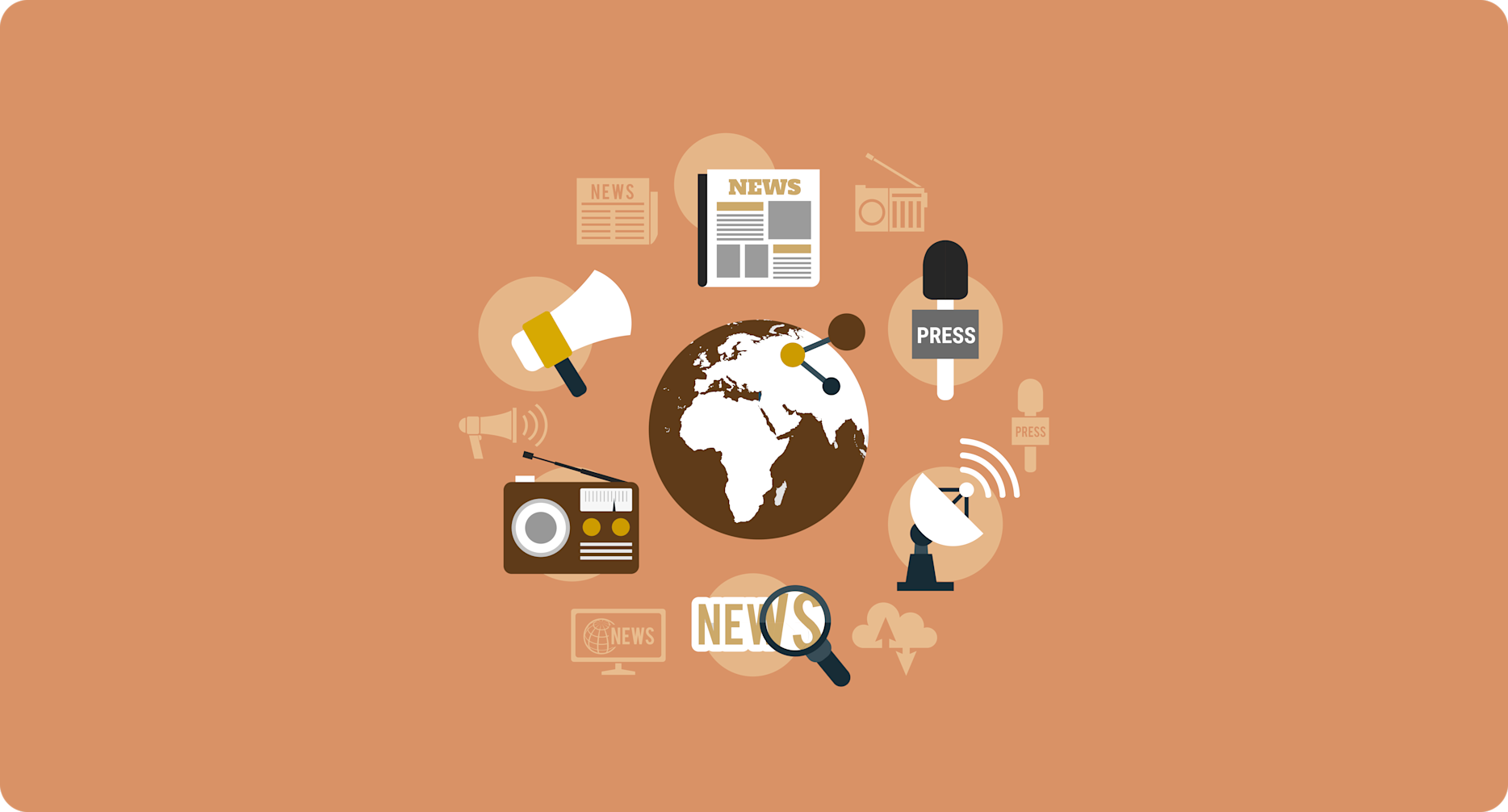2023-12-08

Privacy through ages
Since we entered the era of the Internet everything has changed. When the Internet became part of our daily lives various things got easier.
This blog explores how our private information was collected and shared, and how we connected with people before and after the Internet era, a shift we can't deny. We will cover the pre-digital, digital, and Internet eras and reflect on data privacy concerns we encounter.
Before the Internet, we relied on traditional media like radio, TV, and newspapers for global news. Any in-depth research involved reading a bunch of books and regular visits to a library. In the pre-digital age, personal privacy relied on managing human interactions and handling paper-based information sources. Communication meant writing letters, waiting for replies, and traveling to meet friends and family. Maintaining anonymity meant sitting at home and not mingling directly with other people.Letters, phone calls, and face-to-face talks provided a genuine sense of privacy. Personal information was confined to the physical realm, making private things less accessible to the public.

Seeking convenience and new ways to record and share information, resulted in the emergence of the first digital services and systems. The world witnessed the arrival of a digital era not long ago, which has since transformed the very basis of our daily lives. With this came new ways in which private information can be accessed by others.
One of the pioneers in providing digital services to their customers was banks. As financial institutions started digitizing their services, they gained new insight into our spending habits, and they were able to construct a digital trail of all our transactions. The next big step was digital and mobile telephony. Our every call and conversation, our contacts and relationships started leaving a digital train of information. Soon, companies realized the big potential of the collected data about their users. They started to truly understand their consumers.
The first computer networks, local and global were underway and with them the emergence of the first Internet services. One of the first such Internet-based services was emails. Our private and professional lives were suddenly connected in the expanse of the Internet. Relationships were defined not only by face-to-face interactions but also by emails sent and received, leaving a digital trail of our social and professional networks. The lines between the physical and virtual worlds started to blur, leading to a period of limitless connectivity and data access for us, but also for companies offering us the services that we sought.
Slowly but consistently, we adopted the internet's convenience and connectivity, shifting the way we interact, transact, and communicate.

In the present day, we find ourselves immersed in the modern online world. The internet has grown into the information superhighway, a place where data can be found and shared with everyone whether we like it or not. As more and more of our daily activities are followed with online tools and mobile applications that help us and guide us, more and more of our daily existence leaves a data trail.
Knowledge about the complex ways in which our data traverses the online world is the first step toward securing our online privacy. Regulations are put in place to limit somewhat the collection and usage of our private information by the big corporations who are mining this 21st-century gold. Mechanisms like privacy policies are enforced. This is where knowing how to read privacy policies comes into play. These documents, which are often full of legal terms, outline how the apps and services we use handle our data. However, diving into these policies can be difficult.
As a first step towards taking control over your online data trails, let our solution Pro Se read privacy policies on your behalf and provide you with key takeaways needed to make informed decisions. Your privacy is important more than ever, and with the right tools, you can confidently navigate the digital landscape.